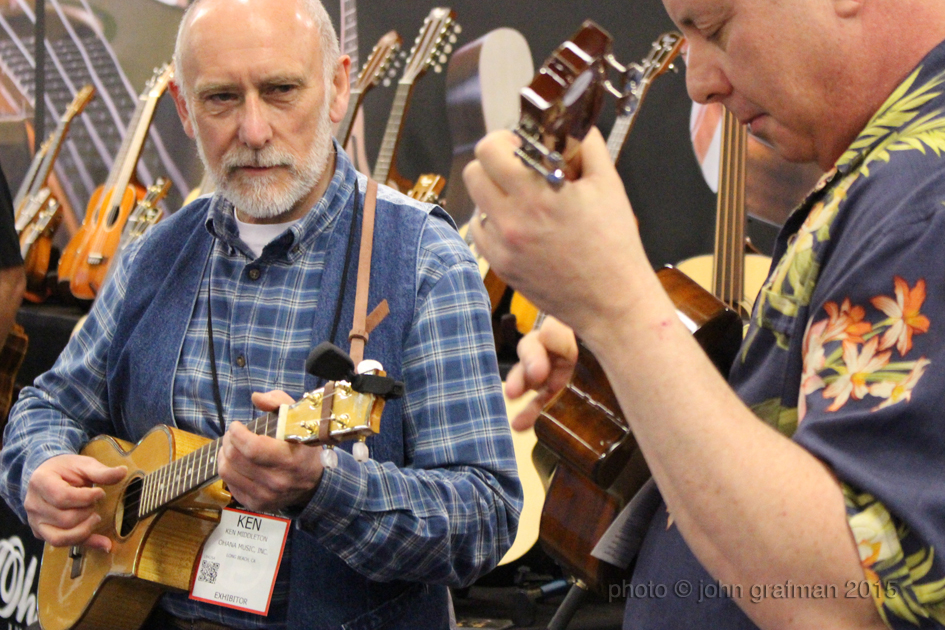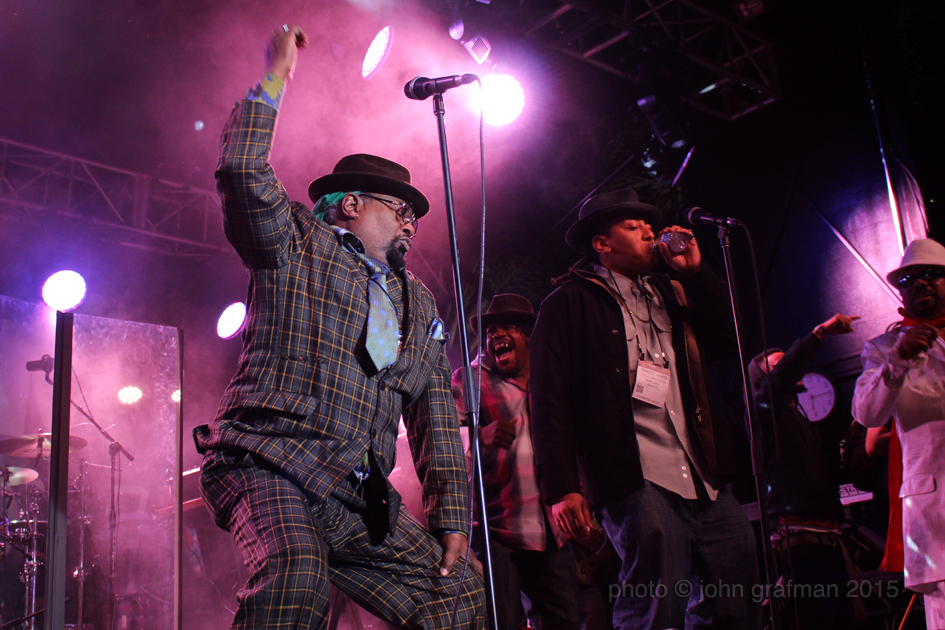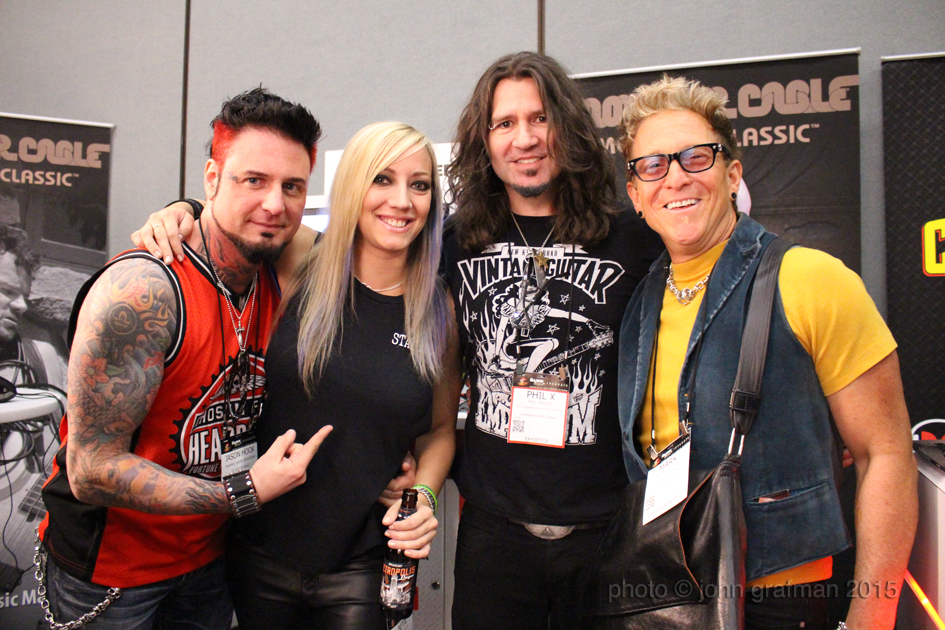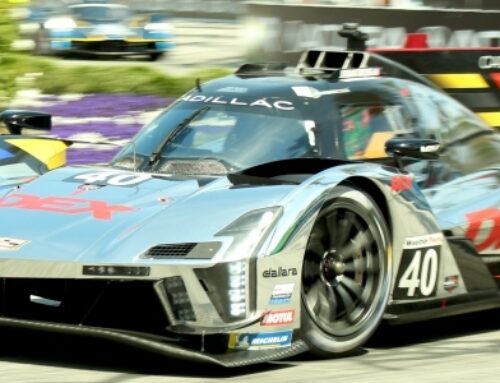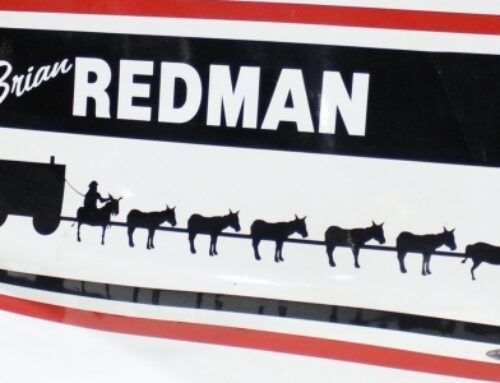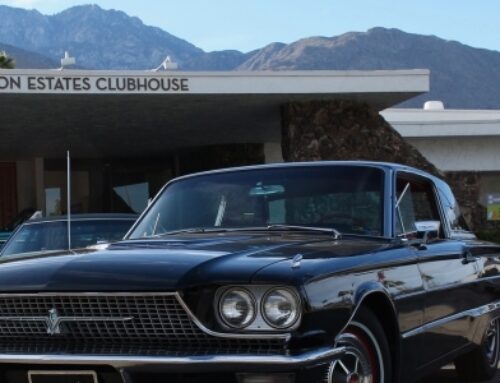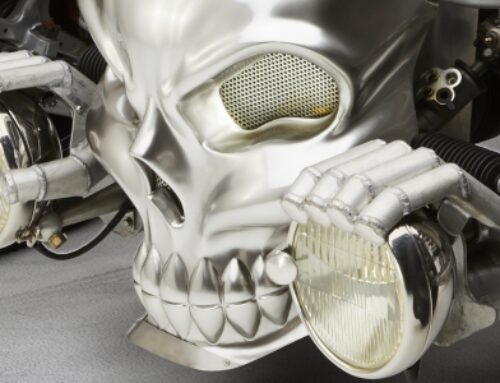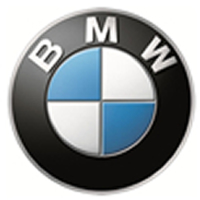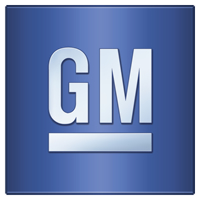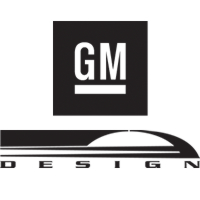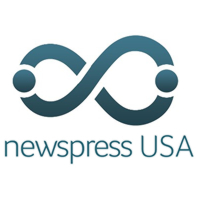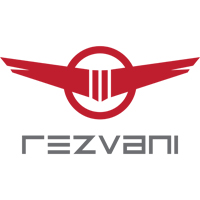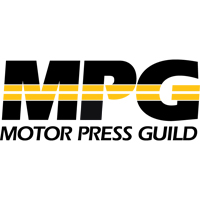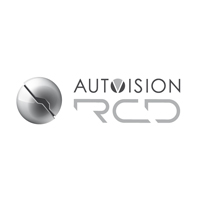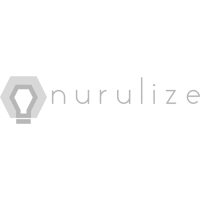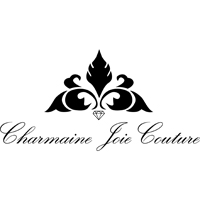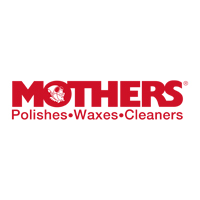Report by John Grafman
What is NAMM? Why should those in automotive design care?
If you understand how SEMA benefits the auto aftermarket industry, you can easily get how the National Association of Music Merchants (NAMM) supports the music products industry. Since 1901, a group of piano makers came together to create NAMM, which now proudly claims a membership of over 9,000. While the backbone of the association is to advance the $17 billion global music products business, it also serves as a hub for other related facets, such as music education, PR, legislation, and more.
The core belief is that everyone should have the opportunity to make music. A channel to release that pent up creativity and energy is a fundamental human need. NAMM is striving to create a world where making music is a part of each and every life.
Most would agree that music is about being able to share feelings, concepts and ideas. Music is about a mood, be it classical or hard rock. Each nuance and line an artist creates is there to provoke a response in our brain.
For ages there has been a relationship between cars and music, which continues on today. Mobile audio is the gateway to many of the new influences we see in mobile technology.
Looking back to the 60s, the music producers understood the importance of car radios. As legend has it, or at least as Denny Tedesco (director of the Wrecking Crew movie) revealed, Phil Spector would go so far as to broadcast his music while in development over a short distance, just so he could hear what his musicians sounded like coming through a car radio. Spector understood long before most, cars radios are the first step to record sales and the acceptance of new artists.
But, the relationship goes even deeper. Rare is the case when you don’t hear music being played in an automotive design studio. Many production and concept cars could have their very own soundtrack. Music gives design direction and is certainly influential in capturing a certain mindset. Just as music can define a generation, or social movements, it can also capture the essence of an auto. Trend boards can depict visual influences, and whom the products are geared towards, and music is not all together different.
Beyond the obvious, the colors, materials, textures, and tooling found in musical instruments can offer new, untapped sources of ideas that would find a happy home inside an automobile.
Some OEMS are taking this to the next logical step. While several OEMs are currently offering audio systems in collaboration with elite audio companies, a few are working hand-in-hand with music producers (i.e. – Acura and Grammy Award winning Recording Engineer and Producer Elliot Scheiner) and instrument manufacturers (i.e. – VW and Fender).
Gibson has a very SEMA-like Nissan Van proudly residing inside one of the halls. The commercial vehicle is doubling as a rolling guitar repair shop. Open the rear doors and everything necessary to repair and maintain a guitar rolls right out. While this is really for display purposes, it doesn’t take a rocket scientist to see how useful a van of this size can be for bands on the run. The Nissan has ample room for gear, as well as the band members, a dog, and several coolers stuffed with enough assorted beverages to keep everyone happy. Ditch the bus, take a van!
Other auto OEMs are scrambling to create their own relationships. How long will it be before we start to truly associate each and every vehicle manufacturer with one or more companies from the music industry?
The Creative Mind –
Creativity takes many forms, from wild automotive and product design, to inspiring music of all types. A common trait is the ability to share ideas and communicating those, as well as several of the processes being used to bring those to life.

NAMM 2015 Peavey 50th Anniversary. Lynyrd Skynyrd with Gary Rossington, Rickey Medlocke, Peter Keys, Michael Anthony, Robert Randolph, Kenny Aronoff
The NAMM Show in Anaheim oozes with opportunities to explore, to be inspired, and to innovate. The show is a chance for members to exhibit the goods, buyers to shop, and professionals to network. The show has major galas and presentations with super stars, like the Peavey Electronics 50th Anniversary Celebration. There’s also little known musicians that are dazzling the thousands of show attendees that are meandering the hallways. Plus, numerous performances with a broad diversity of talent are creating a civilized version of the Coachella Valley Music and Arts Festival – meaning, far less drugs and booze. Nevertheless, it’s never a dull moment.
Located just in front of the convention center, the John Lennon Educational Tour Bus makes an impression. While the massive blue bus with a sketchy, white self-portrait of John Lennon is attracting NAMM guests, like groupies to the Beatles, it’s what’s inside that really makes this special.
Along similar ideological lines as NAMM, the bus is providing middle and high school, as well as college students an opportunity to express their ideas, and write, record and produce original music and videos, and learn about broadcasting. The interior is divided up into three studio environments, but can be opened up to form one large space. The front is a cutting edge studio for audio and video, the rear end provides a pro-level recoding with a mixing studio, and an isolation booth for recording. The tour bus uses Apple Computers and iOS devices. Of course, the studio comes with appropriate gear including Yamaha Keyboards and drums, Epiphone and Gibson guitars, along with Genelec Speakers and SSL Mic Preamps.
Numerous artists work with the John Lennon Educational Tour Bus, as those musicians also feel this is their chance to give back and inspire the next generation. At the show, George Clinton and Parliament Funkadelic share many years of experience inside of the bus, as well as put on a brilliant performance on the NAMM GoPro Stage once the convention center closes down for the day.
The NAMM Show is nothing if not expansive. Roaming the massive Anaheim Convention Center and the adjoining Marriott and Hilton Hotels where the show is held is just shy of running a marathon. Every nook and cranny is filled with one company or another, both local and from abroad, for 31 hours spread out over four days (not including the after-show performances and events).
The exhibitors are more than companies that sell instruments, although that makes us the bulk of the show floor. Wandering through one can find suppliers of raw materials, like Bradford Dimension with beautiful specialized wood that’s often used on quality musical products. On the other end of the spectrum are companies with production machines. Haas Automation, as an example, stops show-goers in their tracks. The company’s fully operating milling machines are nothing less than astonishing, displaying how complex shapes like guitar bodies and necks can be replicated over and over again.
Poking around there’s plenty of finely crafted products, such as the guitar straps. One such company, Rali from Poland, has a vast assortment of colors, patterns, styles, textures, and applications it produces that will enhance any axe.
There’s a vast assortment of knobs for customizing guitars. Various designs allow any guitar player to personalize his or her instrument, and call it their own. Yes, if these companies weren’t in the music industry, they’d fit right in with the hot rod crowd.
Perhaps it isn’t such a surprise that there are a few crossover companies that have a presence in both the music and auto industries. Zymöl, a premium car wax and car care company, also has a presence at NAMM. A few years back, the owner’s son mentioned his friends were using the car care products on their guitars. While flattering, he knew that those products are formulated for automotive finishes, not musical instruments. So, Zymöl went back to the lab and created an entirely new product line for the music industry. Brilliant!
Then, there are the obvious connections with companies in the mobile audio business. Epsilon, Tymphany, and Pioneer all develop car speakers. Tymphany is pushing the envelop on speaker engineering, utilizing the company’s knowledge on high-end audio and bringing it to bear in a car. The latest allows for a substantially shallower sub-woofer, which is compatible with the space challenges found on four wheels.
Pioneer, widely known for mobile audio, has a large floor presence at NAMM, but it’s focusing on DJ equipment. Clearly, the company is carving out this niche as its own. Basically, Pioneer wants consumers to find DJ equipment indispensible, almost in the same way the public was captivated with the Sony Walkman products. But, instead of just listening to the music, consumers can create it. Can a mobile version similar to the one created by Five Axis be far behind?
While we often overlook some of the basics, some of those products are as essential to music biz as the air we breathe. Take Monster as an example. Cables are a vital part of amplified music. However, the average man on the street would probably recognize Monster in terms of high-end home or car speaker wires. The cables from Monster, a California company, are more than just wires, insulation, and metal. These are quality products, and look the part.
John Diaz, Product Area and Brand Manager mentions, Monster has an even closer relationship to one Italian super car company than we could have imagined. As it turns out, Lamborghini contracted with Monster to provide assistance in creating the very limited production, $4.5M Veneno Roadster, showcasing audio clarity and best-in-class dynamics. This model features Monster’s breakthrough technology Pure Monster Sound™. The point being made, if Monster is good enough for Lamborghini, it’s probably good enough for the rest of us.
Of course, the ultra rare Lamborghini Venenos are hard to come by, so Monster wisely opts to bring with several rock-gods to satisfy the masses.
The NAMM Show is all about the music business, from business insurance to guitar picks. But, without the creative minds this wouldn’t exist at all.
For more info go to www.namm.org



